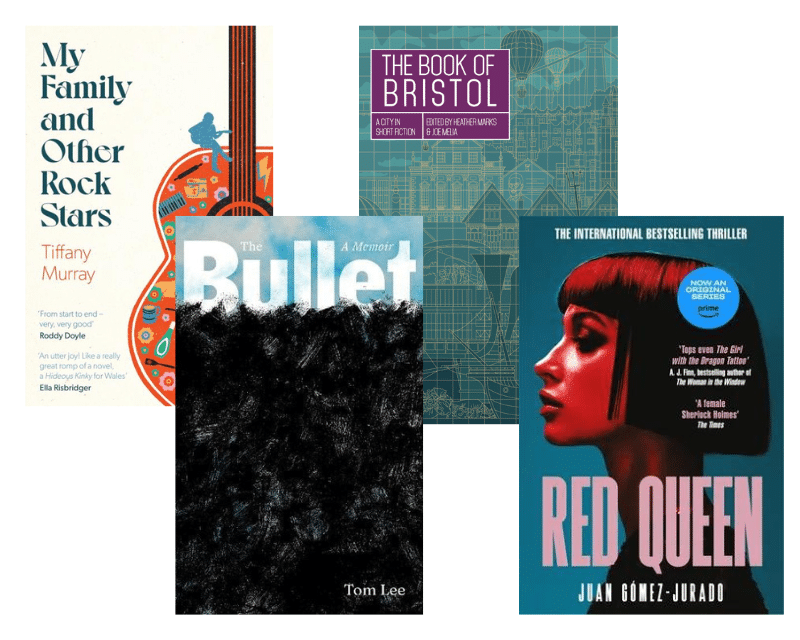- Collected
- Article
Stitches In Time
The pleasures of textiles

- 1 May, 2017
- Catherine Czerkawska
My mother was an inveterate collector of antique pottery and porcelain and used to visit our small-town saleroom every week. Sometimes I went too, but it was the textiles that fascinated me: dresses, shawls and embroideries. On one occasion, I discovered a rack of gorgeous nineteen-twenties ‘flapper’ dresses in silk, embellished with lace and faintly scented with some fragrance I couldn’t identify. Many years later, I smelled it again, fleetingly, on a celebrated singer, brushing past me in Edinburgh’s Usher Hall. Later still, I discovered a bottle of vintage scent and put a name to it: L’Heure Bleue, by Guerlain, created in 1912, a strange, sensuous, dusky perfume, the very scent of the past. I couldn’t afford the dresses but I’ve never forgotten them and their musky fragrance.
Back then, textiles were much less valued than they are today. A paisley shawl or a Chinese embroidered panel would be casually flung in a corner of the saleroom. As I grew older, I would bid for my mother in her absence, and sometimes for myself too: a faded sampler, a Victorian crazy patchwork quilt, an embroidered baby gown. I was becoming a textile collector. Things that had been woven or stitched always excited me, not just finding bargains, but researching them, discovering what they could tell me about the society and culture from which they had emerged.
The impulse to write fiction, especially historical fiction, often goes hand in hand with an interest in social history, and after my first degree in Mediaeval Studies at Edinburgh University, I went on to do a postgraduate Masters in Folk Life Studies at Leeds University. This – an interdisciplinary study of regional cultures and traditions – has proved to be inspirational for my drama and fiction. The aspect of tradition I find myself drawn to always seems to involve textiles, whether it’s an ancient woollen shepherd’s plaid found at a car boot sale, or the boxes of table linen with the aristocratic owner’s name and an early nineteenth-century date, woven into each precious piece.
For some years, my main focus was on Ayrshire Whitework. This was a form of imitation lace which grew to be associated with the West of Scotland. In 1814, Lady Marie Montgomerie travelled from Europe to her family home in Ayrshire and brought with her a baby gown made by a Frenchwoman. Her friend, Mrs Jamieson, copied the stitches, and then began to teach this ‘sewed muslin’ – white embroidery on fine, almost translucent white cotton – to women from small towns and villages as a means of supplementing the family income. The work was commonly called floo’rin’ or flowering, because of the complex, yet delicately floral, nature of the embroidery.
Whitework baby gowns were modelled on the ladies’ fashions of the time with high waists, triangular bodices and long flowing skirts, all embellished with delicate sprays of flowers. The very best Ayrshire whitework has tiny needlework ‘infills’ like cobwebs in an amazing variety of designs. More baby dresses seem to have survived than anything else, perhaps because they came to be treasured as heirloom christening gowns, although at the time they were simply dresses for the children of the wealthy, so that mother and baby could look fashionably alike.
Sometimes rural women would work together, sitting outside, to take advantage of natural light. They would also gather in each other’s houses, to share candles and heat, especially in winter. This was piecework, so speed was essential and children would be paid a penny a week for threading the needles. Long before the end of the nineteenth century, however, Ayrshire needlework had been superseded by less labour intensive (and much less beautiful) machine-made embroidery. The Flowerers by M. H. Swain, (W. & R. Chambers, 1955) is still by far the best overview of the craft.
It is quite rare for this delicate needlework to survive, but diligent scouring of salerooms, charity shops, and then online searches gave me a treasured collection of baby dresses, bonnets and a few other pieces. The background information fascinated me as much as the work itself. So much of it was hugely skilled but poorly paid women’s work. I published one or two feature articles about it, and gave talks, taking my collection with me so that people could handle the garments. It’s a welcome feature of this work that, delicate as it is, it’s also eminently washable. Gradually, I began to see that my passion for textiles, closely linked to my own interest in what might loosely be described as ‘women’s things’ would prove central to my writing.
Cue forward some years. I had been a full-time writer since the nineteen-eighties, but I was in the process of switching from plays to fiction, especially historical fiction, and family finances needed a boost. I surveyed my treasured textile collection, wondered what I could bear to part with and reacquainted myself with my local saleroom. Then I set up an online shop and became a part-time dealer in antique and vintage textiles. Now, although I spend most of my time researching and writing historical fiction, I still devote a few hours each week to buying, selling (and occasionally keeping) textiles. My two passions still collide.
On one occasion, I found myself viewing an auction that included a great many Georgian and Victorian embroidered samplers. These were usually charming practice pieces for very young girls depicting alphabets, family initials and dates, houses, trees, dogs, birds and – in Scotland in particular – stylised strawberry borders. (For an overview of Scottish samplers, read Patterns of Childhood: samplers from Glasgow museums by Rebecca Quinton.)
One sampler in this particular sale was very different. It was in traditional form, but it had been stitched by a woman, in memory of her little son. Viewing it was a peculiarly powerful emotional experience for me. It was as though the mother had sewn her grief into the fabric of the piece, one sad stitch at a time. I had a young child myself when I saw it, and I literally recoiled from it. But later, I wrote a story called ‘The Sampler’, using the experience although changing it, as fiction writers will.
That event seemed to trigger some perception of the way in which the past lingers in antique textiles just as old shoes retain something of their wearer. In my novel The Curiosity Cabinet, a Jacobean embroidered box is central to the story, with its design of the biblical figure of Ruth amid the alien corn, representing the adjustments that various characters, but especially women, attempt to make to new surroundings, through the work of their hands and the artefacts they use.
In another novel, The Physic Garden, one of the characters stitches a christening cape that becomes central to the story in unexpected and tragic ways, attracting more than simple admiration. ‘It was the colour of clotted cream, or new butter, with a quilted edging of sky blue and it smelled sweetly of the lavender with which she had stored it to keep the moths away… Most wonderful of all, the cape was embroidered, sprigged with numerous flowers, like the flowers which Jenny grew in her garden.’
In my latest novel, The Jewel, about Robert Burns’s wife, Jean Armour, Jean meets her future husband while she is spreading linen on the bleach green in Mauchline. She uses the ploy of learning fine sewing so that she can meet with her lover in secret (her parents wildly disapproved of the poet for much of their courtship). One of her first gifts from her husband, once their marriage becomes official, is a pretty printed shawl. We know from a letter he wrote at the time that Burns ordered this from a friend who had set up a new venture in calico printing.
Now, I’m working on a new novel, and I have no doubt at all that domestic textiles, clothes and personal possessions will be woven into that too. For me, they are stitches in time. Like C. S. Lewis’s wardrobe, with its fur coats, they are a magical gateway into the world of my imagination.
You might also like:
RLF Fellows’ News: May 2024
Publishing RLF Fellow Tom Lee’s new book, The Bullet, his memoir about family and mental health, has recently been published…
Her Majesty The Queen is announced as our new Royal Patron
To mark the first anniversary of Their Majesties’ Coronation, it has been announced Her Majesty The Queen will take on…
WritersMosaic & Jhalak launch The Review today
The first issue of The Review by WritersMosaic & Jhalak is out today. The Review is an editorially independent, 20-page…


